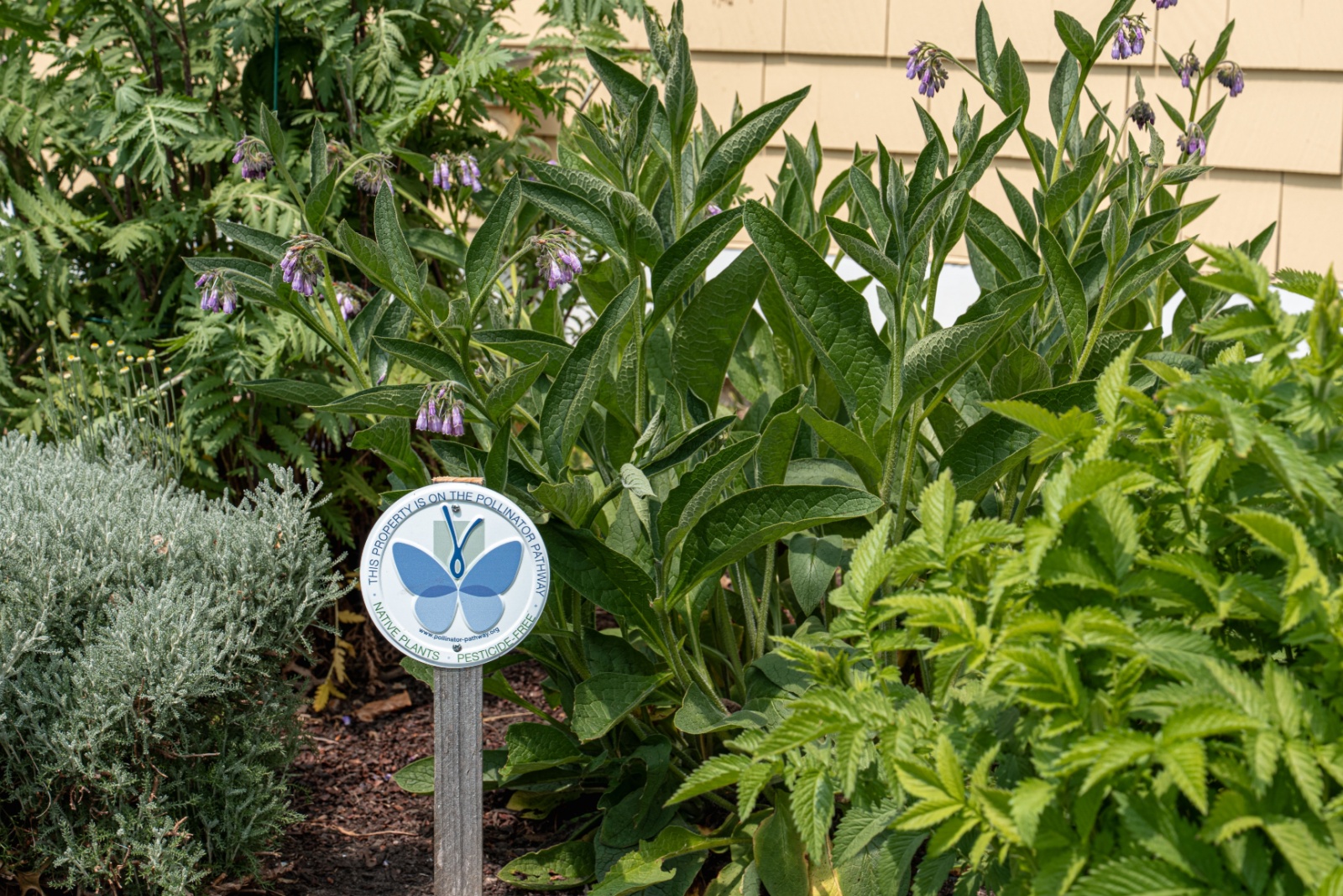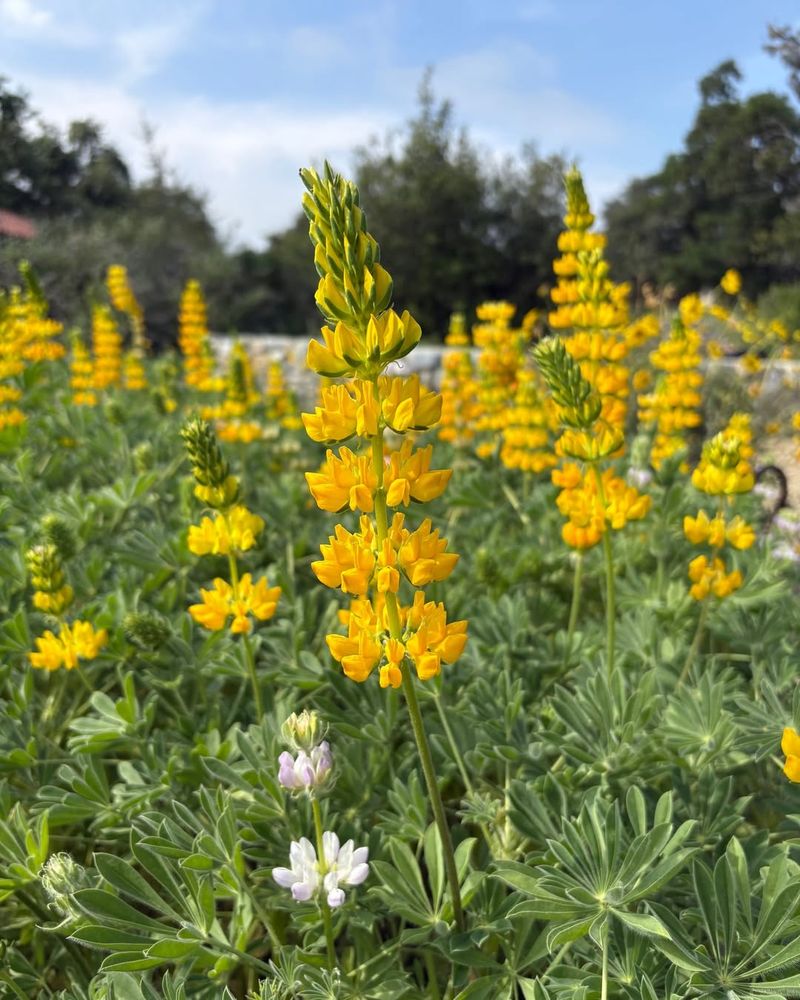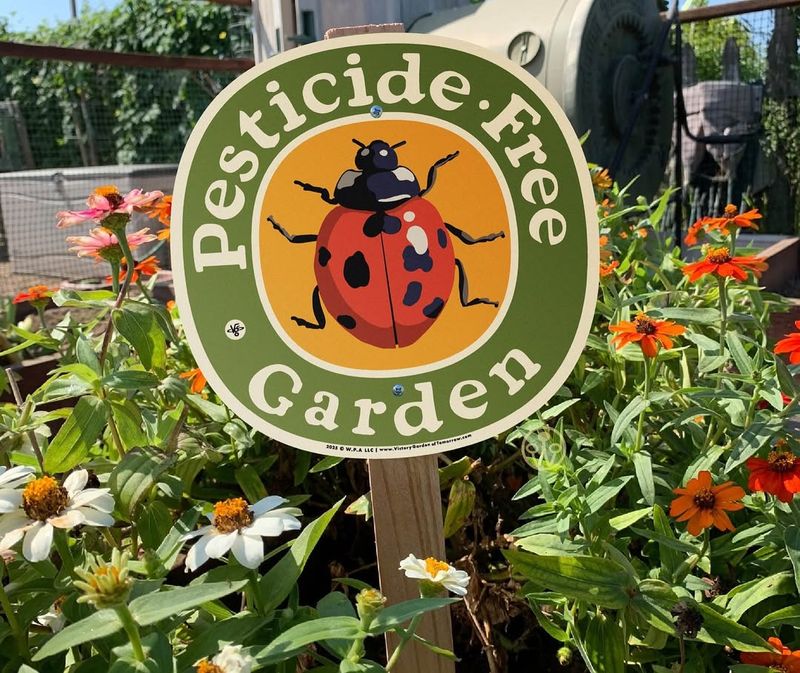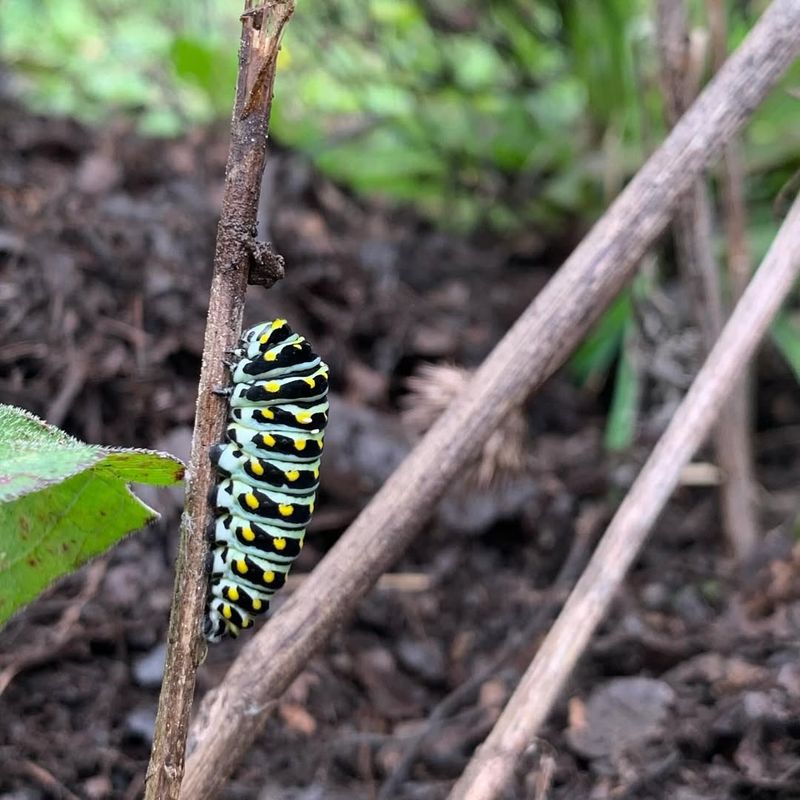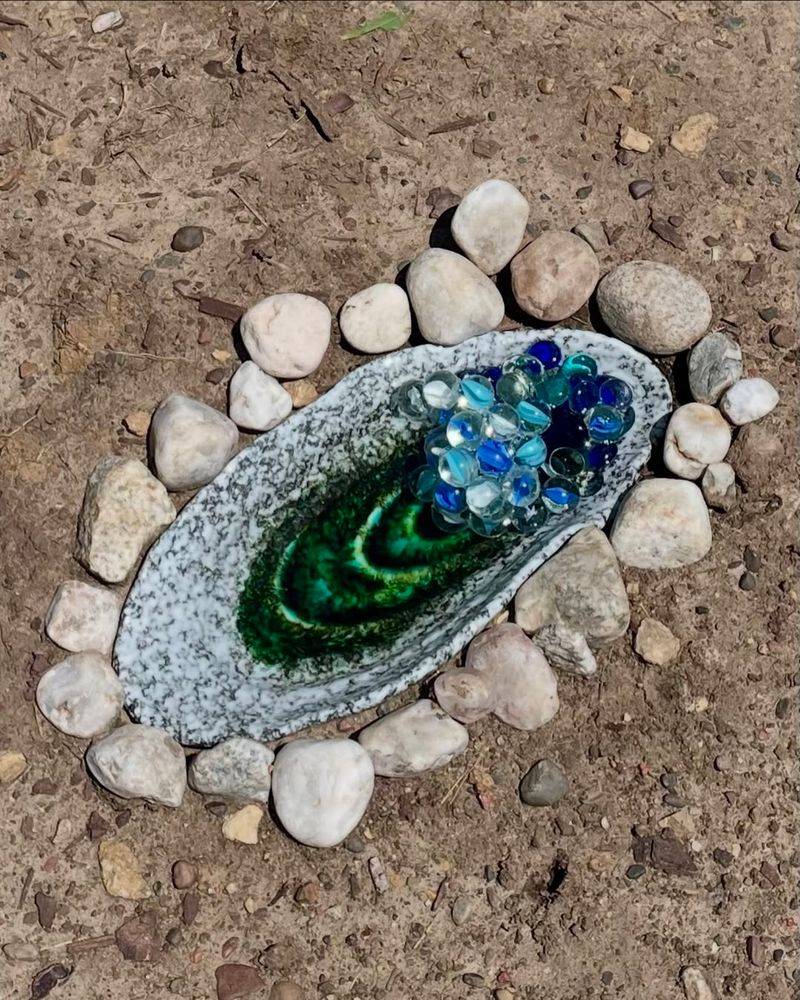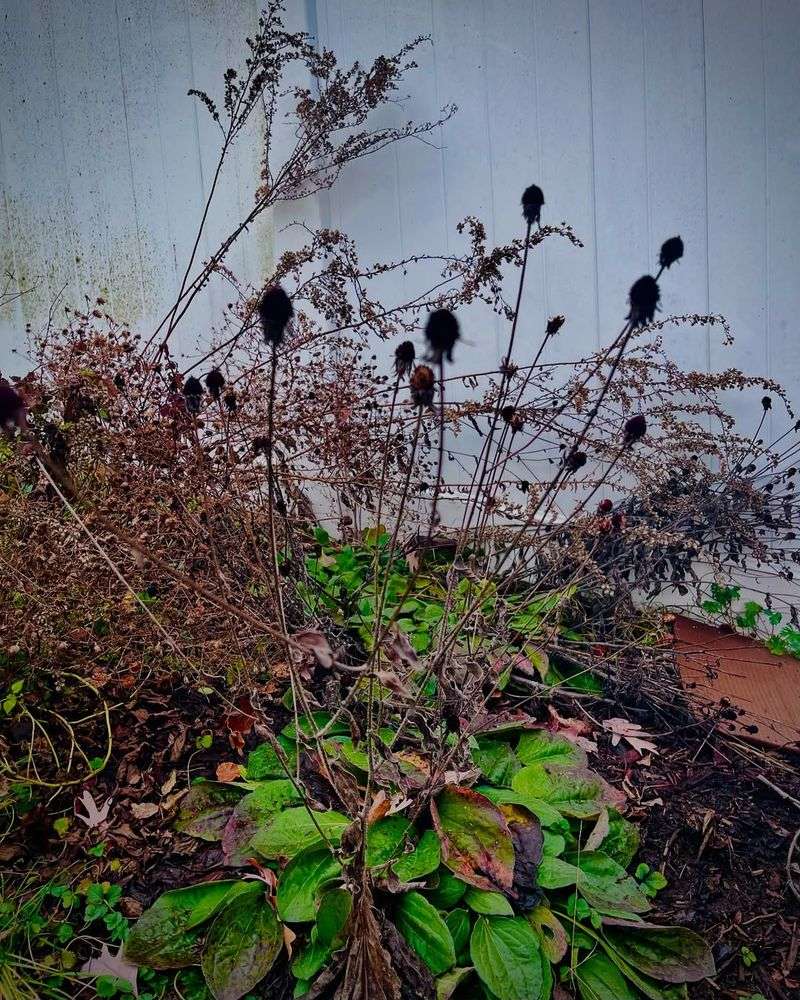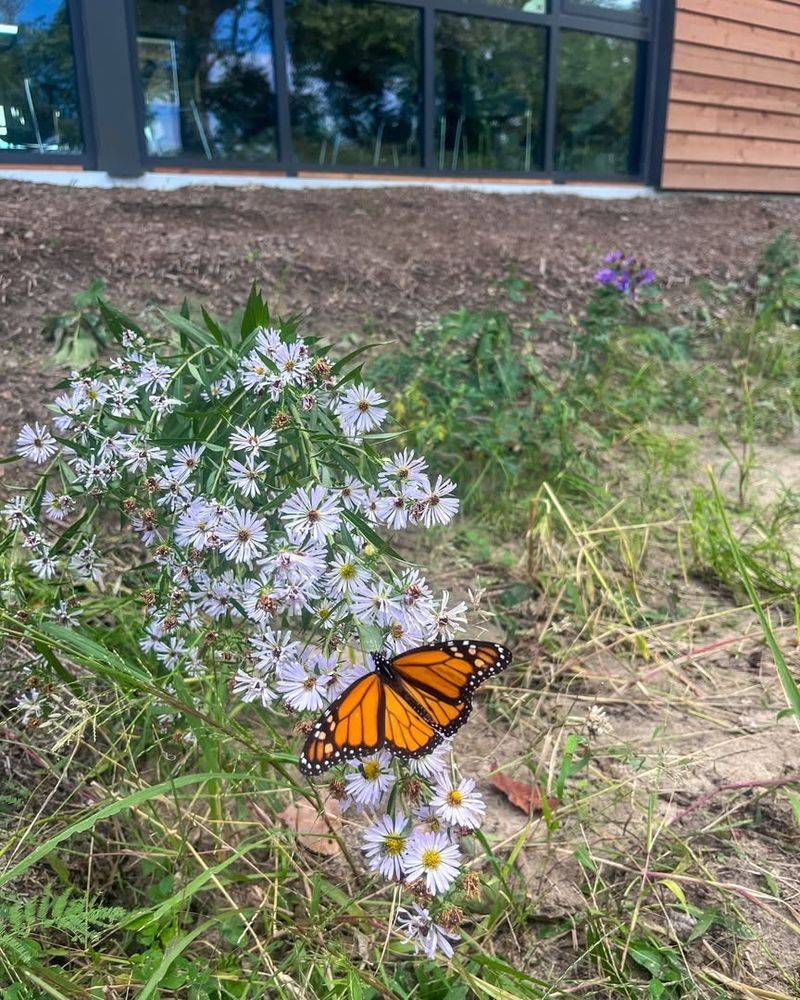Butterflies are disappearing from Arizona backyards at an alarming rate, and scientists say the Southwest has been hit harder than almost anywhere else in the country. These colorful insects play a crucial role in pollinating plants and keeping our ecosystems healthy.
The good news is that Arizona gardeners have the power to make a real difference by taking simple actions in their own yards.
1. Plant Native Wildflowers Throughout Your Garden
Native wildflowers are like a favorite restaurant for local butterflies. Desert marigolds, brittlebush, and Arizona lupines have evolved alongside butterflies for thousands of years, creating perfect partnerships. When you fill your garden with these native beauties, you’re offering butterflies the exact nectar and pollen they need to survive.
Many Arizona natives also handle our intense heat and limited water better than non-native plants. This means less work for you and more food for hungry butterflies. Visit a local native plant nursery to find species that grow well in your specific area of Arizona.
2. Create A Pesticide-Free Zone In Your Yard
Chemical pesticides don’t just destroy pests—they’re dangerous to butterflies too. Even products labeled as safe can harm caterpillars and adult butterflies when they land on treated plants. Going pesticide-free might seem scary at first, but your yard will actually become healthier over time as beneficial insects move in to control pests naturally.
If you absolutely must treat a pest problem, choose organic options like neem oil or insecticidal soap. Apply them carefully in the evening when butterflies aren’t active. Your butterfly-friendly zone will reward you with more colorful visitors than you ever imagined.
3. Add Host Plants For Caterpillars To Munch On
Adult butterflies need nectar, but baby caterpillars are much pickier eaters. Each butterfly species lays eggs only on specific host plants that their caterpillars can digest. Monarch butterflies need milkweed, while Pipevine Swallowtails require pipevine plants to complete their life cycle.
Without host plants, butterflies can’t reproduce in your garden no matter how many flowers you plant. Research which butterflies live in your Arizona region and add their favorite host plants. Don’t worry if leaves get munched—that means your garden is working perfectly as a butterfly nursery!
4. Install Shallow Water Sources With Landing Spots
Arizona’s dry climate makes water sources especially important for butterflies. A shallow dish filled with water and flat stones gives butterflies a safe place to drink without drowning. Butterflies land on the stones and sip water from the edges, getting both hydration and essential minerals from wet sand or mud.
Place your butterfly watering station in a sunny spot near flowers. Change the water every few days to prevent mosquitoes from breeding. Some gardeners add a pinch of sea salt to provide extra minerals that butterflies crave after long flights.
5. Leave Some Garden Areas Naturally Messy
Perfectly manicured lawns are butterfly deserts. Many butterfly species overwinter as chrysalises attached to dried plant stems or as adults hiding under fallen leaves. When we rake up every leaf and cut down all withered plants in fall, we’re accidentally destroying butterfly homes and next year’s population.
Designate a corner of your yard as a wild zone where leaves can pile up and stems stand through winter. This messy patch becomes a butterfly hotel, protecting them through Arizona’s cooler months and giving them shelter during summer storms.
6. Plant Flowers That Bloom Across Multiple Seasons
Butterflies need food from early spring through late fall, not just during one season. Planning a garden with continuous blooms ensures butterflies always find nectar when they visit. Spring penstemon gives way to summer zinnias, which transition into fall asters and desert marigolds that bloom until frost.
Create a bloom calendar for your garden by researching flowering times for Arizona plants. Aim for at least three different species blooming during each season. This succession of flowers supports butterflies during migration, breeding, and preparation for winter dormancy.
7. Join Community Science Projects To Track Butterflies
Scientists need everyday gardeners to report butterfly sightings so they can track population changes. Apps like iNaturalist and eButterfly let you snap photos of butterflies in your yard and instantly contribute to research databases. Your observations help scientists identify which areas need the most conservation attention.
Participating takes just minutes and turns your gardening hobby into meaningful conservation work. You’ll also learn to identify different butterfly species visiting your yard. Many Arizona communities host butterfly counts where volunteers gather data together, making science social and fun.

